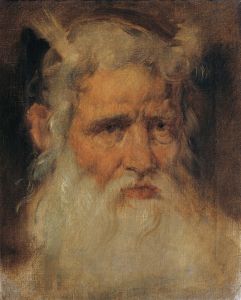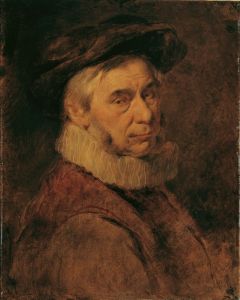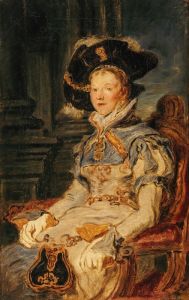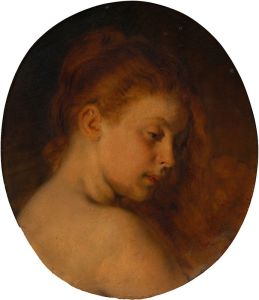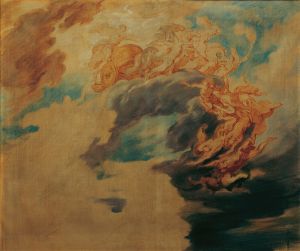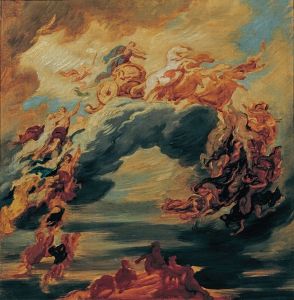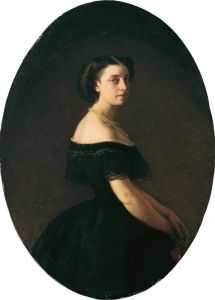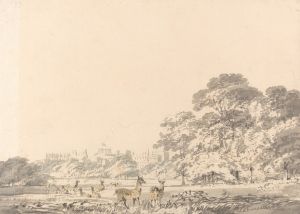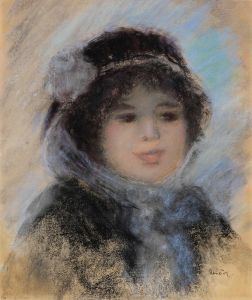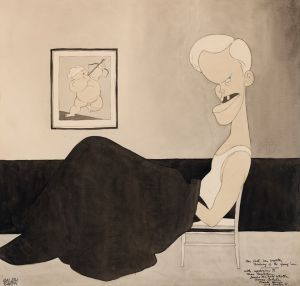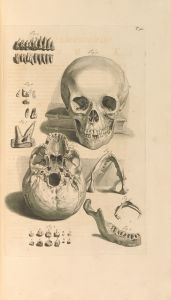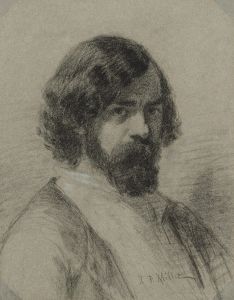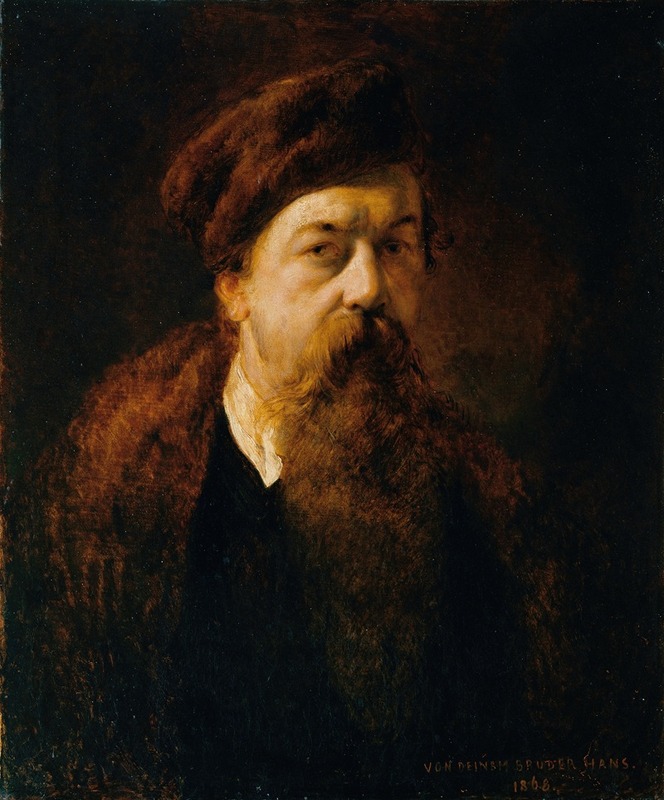
Self-Portrait
A hand-painted replica of Hans Canon’s masterpiece Self-Portrait, meticulously crafted by professional artists to capture the true essence of the original. Each piece is created with museum-quality canvas and rare mineral pigments, carefully painted by experienced artists with delicate brushstrokes and rich, layered colors to perfectly recreate the texture of the original artwork. Unlike machine-printed reproductions, this hand-painted version brings the painting to life, infused with the artist’s emotions and skill in every stroke. Whether for personal collection or home decoration, it instantly elevates the artistic atmosphere of any space.
Hans Canon, born Johann Baptist Strašiřipka, was a notable Austrian painter of the 19th century, recognized for his portraits and historical scenes. His self-portrait, titled "Self-Portrait by Hans Canon," is an important work that reflects his artistic style and personal expression. However, detailed information about this specific self-portrait is limited, and it is not as widely documented as some of his other works.
Hans Canon was born on March 15, 1829, in Vienna, Austria. He was initially trained at the Academy of Fine Arts in Vienna, where he developed his skills in painting and drawing. Canon's work is characterized by a blend of realism and romanticism, often depicting historical and allegorical subjects. Throughout his career, he gained recognition for his ability to capture the essence of his subjects, whether in portraits or larger compositions.
The self-portrait is a common genre among artists, serving as a means of self-exploration and expression. While specific details about "Self-Portrait by Hans Canon" are scarce, it can be assumed that, like many artists of his time, Canon used the self-portrait to convey his identity and artistic persona. Self-portraits often reveal the artist's perception of themselves and can provide insight into their emotional and psychological state.
Canon's broader body of work includes notable pieces such as "The Entry of Emperor Franz Joseph I into Vienna" and "The Battle of Lissa." These works showcase his ability to handle complex compositions and his interest in historical themes. His portraits, on the other hand, are known for their attention to detail and the psychological depth with which he portrayed his subjects.
In addition to his paintings, Hans Canon was also involved in decorative arts, contributing to various public and private projects. His work was well-received during his lifetime, and he was considered one of the prominent artists in Austria. Canon's influence extended beyond his paintings, as he was part of the cultural milieu of Vienna during a period of significant artistic development.
Unfortunately, due to the lack of specific documentation and scholarly research focused solely on "Self-Portrait by Hans Canon," there is limited information available about this particular work. It is not prominently featured in major art historical texts or exhibitions, which may contribute to the scarcity of detailed analysis or description.
Hans Canon passed away on September 12, 1885, in Vienna. Despite the limited information on his self-portrait, his contributions to Austrian art remain significant. His works continue to be appreciated for their historical value and artistic merit, reflecting the cultural and social dynamics of 19th-century Austria.
In summary, while "Self-Portrait by Hans Canon" is not extensively documented, Hans Canon's overall legacy as an artist is well-regarded. His works, characterized by their historical themes and detailed portraiture, continue to be studied and admired for their artistic and cultural significance.





